If you’re a passionate golfer, you know how crucial your equipment is to your performance on the course. Enter the Payntr X Tour Proto RS, a shoe designed specifically with golfers in mind. This article will delve into its features, advantages, and everything you need to know about this innovative footwear. Let’s lace up our thinking caps and dive in!
What Sets the Payntr X Tour Proto RS Apart?
Golf shoes must provide comfort, traction, and stability—elements that are crucial when you’re taking that critical swing. The Payntr X Tour Proto RS excels in each category. Here’s why:
1. Design and Aesthetics
The prototype boasts a sleek, modern design that immediately catches the eye. With several color options available, you can find a pair that matches your style. Not only does this shoe look great on the course, but it also provides superior performance.
2. Comfort is Key
One of the most standout features of the X Tour Proto RS is its commitment to comfort. It utilizes advanced materials ensuring your feet can breathe while providing ample support. The premium cushioning technology in the shoe is designed to absorb impact, making those long rounds less tiring.
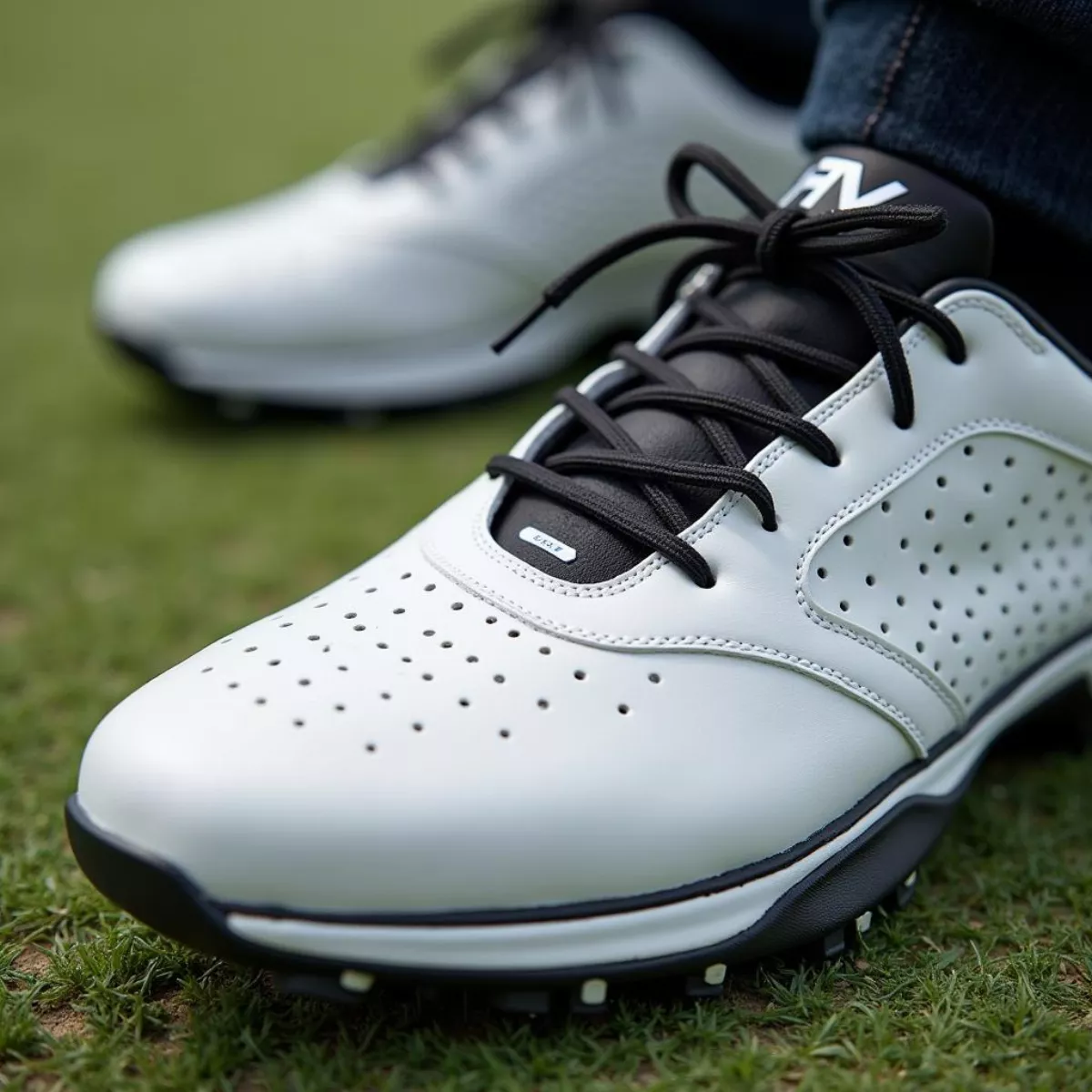 Payntr X Tour Proto RS Golf Shoes
Payntr X Tour Proto RS Golf Shoes
3. Traction Technology
The outsole is equipped with an innovative traction system that enhances grip on both wet and dry surfaces. This feature is particularly beneficial when you’re navigating tricky slopes or wet grass. The strategic placement of the spikes provides stability during your swing and walk.
4. Durability
The Payntr X Tour Proto RS is made from high-quality materials, ensuring they can withstand different weather conditions and continuous use. Whether you’re playing in the blazing sun or light rain, these shoes won’t let you down.
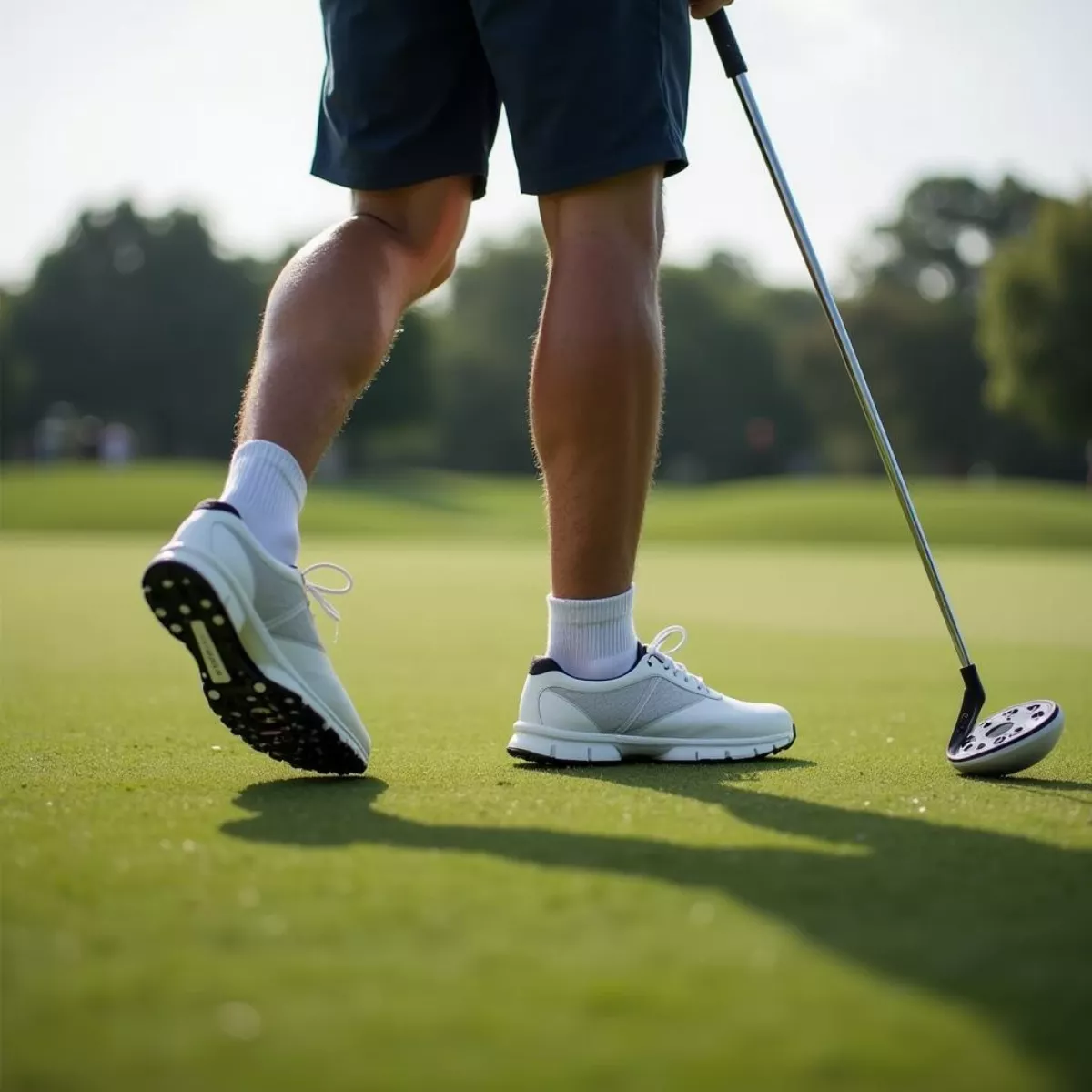 Golfer Wearing Payntr X Tour Proto RS on Course
Golfer Wearing Payntr X Tour Proto RS on Course
5. Eco-Friendly Elements
For environmentally conscious golfers, the Payntr X Tour Proto RS incorporates sustainable materials in its manufacturing process. Choosing these shoes means you’re making a more eco-friendly choice in your golfing gear.
Key Features of Payntr X Tour Proto RS
| Feature | Details |
|---|---|
| Material | Premium, lightweight synthetic upper |
| Cushioning | Advanced foam padding for enhanced comfort |
| Traction System | Multi-directional spikes for optimal grip |
| Water Resistance | Treated to repel light rain and moisture |
| Weight | Lightweight for agility and comfort |
| Sustainability | Made from eco-friendly materials |
The Benefits of Using Payntr X Tour Proto RS Shoes
Investing in a good pair of golf shoes can enhance your overall experience on the course. Here are some benefits specific to the Payntr X Tour Proto RS:
- Improved Performance: The advanced traction system allows for more powerful swings.
- Increased Endurance: With superior cushioning, you can walk longer without discomfort.
- All-Weather Use: Suitable for various conditions, allowing for year-round play.
- Stylish Options: Look good while you play, boosting your confidence on the course.
How to Choose the Right Size and Fit
Choosing the right pair of shoes is essential for comfort and performance. Here’s how to ensure your Payntr X Tour Proto RS shoes fit perfectly:
- Measure Your Feet: Use a measuring tape and measure both feet. Always go with the larger size.
- Consider the Socks: Golf can often mean thicker socks; choose a size that accommodates that.
- Try Before You Buy: Walk around in the shoes to test for comfort and support.
- Check the Return Policy: Ensure there’s a good return policy before making your purchase.
 Close-up of Payntr X Tour Proto RS Traction System
Close-up of Payntr X Tour Proto RS Traction System
User Reviews and Experiences
Many golfers rave about the Payntr X Tour Proto RS. Here are some quotes from users that highlight their experiences:
“These shoes have completely transformed my game. I feel more grounded during my swing!” – John M.
“I love the comfort level. I can wear them all day without my feet hurting.” – Samantha T.
“The traction is unreal! I feel secure, even in wet conditions.” – David P.
Pricing and Availability
The Payntr X Tour Proto RS shoes are available through various online retailers and golf equipment stores. The price range typically hovers around $150 to $200, depending on the retailer and special promotions.
Where to Buy
For the best deals, consider:
- Payntr Golf
- Amazon
- Local golf pro shops
Key Takeaways
- The Payntr X Tour Proto RS offers exceptional comfort, traction, and style.
- It’s designed using eco-friendly materials, making it a great option for environmentally conscious golfers.
- When choosing your shoes, always prioritize fit and comfort for optimal performance on the course.
- Take advantage of user reviews to guide your purchase decisions.
FAQs About Payntr X Tour Proto RS
1. Are Payntr X Tour Proto RS shoes waterproof?
- While they are treated to be water-resistant, they are not completely waterproof. It’s best for light rain.
2. Can I wear these shoes off the golf course?
- Absolutely! The stylish design makes them suitable for casual outings as well.
3. Do they come in wide sizes?
- Yes, Payntr offers a variety of sizes, including wide options.
4. What type of terrain are they suitable for?
- These shoes are designed for golf courses with various terrains, from lush greens to sandy fairways.
5. How do I clean my Payntr X Tour Proto RS shoes?
- Use a damp cloth and mild soap. Avoid using harsh chemicals that could damage the materials.
6. Can I return or exchange the shoes if they don’t fit?
- Most retailers provide a good return policy, but it’s crucial to check before purchase.
7. What is the weight of the shoes?
- They are designed to be lightweight, contributing to ease of movement and comfort.
8. Are the shoes suitable for walking long distances?
- Yes, the cushioning technology makes them ideal for long rounds of golf.
9. What colors are available?
- The Payntr X Tour Proto RS comes in a range of colors, so you can find one that matches your style.
10. How long do the shoes typically last?
- With regular use and proper care, you can expect them to last several seasons.
In conclusion, the Payntr X Tour Proto RS offers an excellent combination of style, performance, and comfort, making it a must-have for any serious golfer. Equip yourself with the best gear, and watch your game improve! Now, get out there and hit the course with confidence.

 Turtle Point Formal Dining Room
Turtle Point Formal Dining Room Turtle Point Social Event
Turtle Point Social Event Turtle Point Golf Lesson
Turtle Point Golf Lesson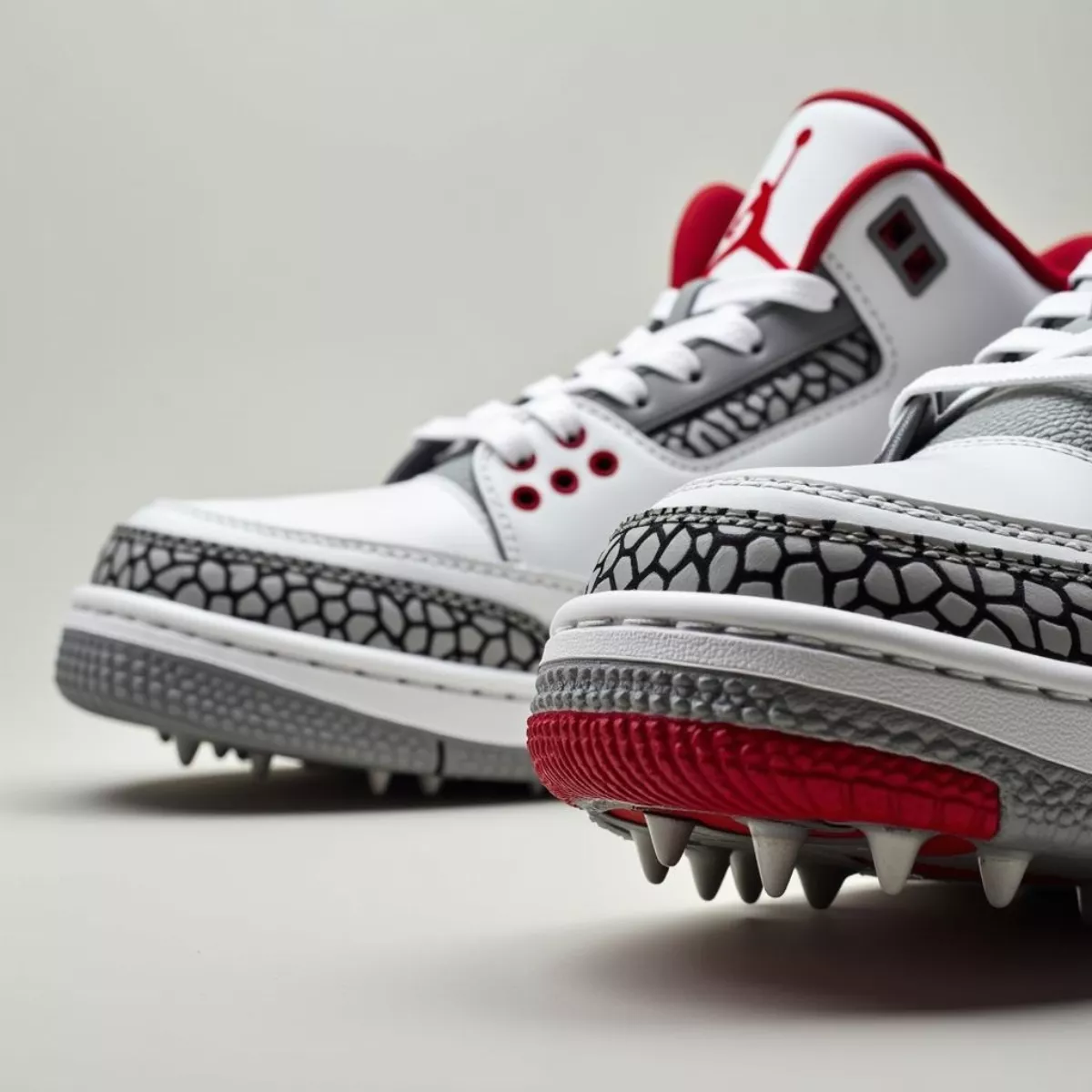
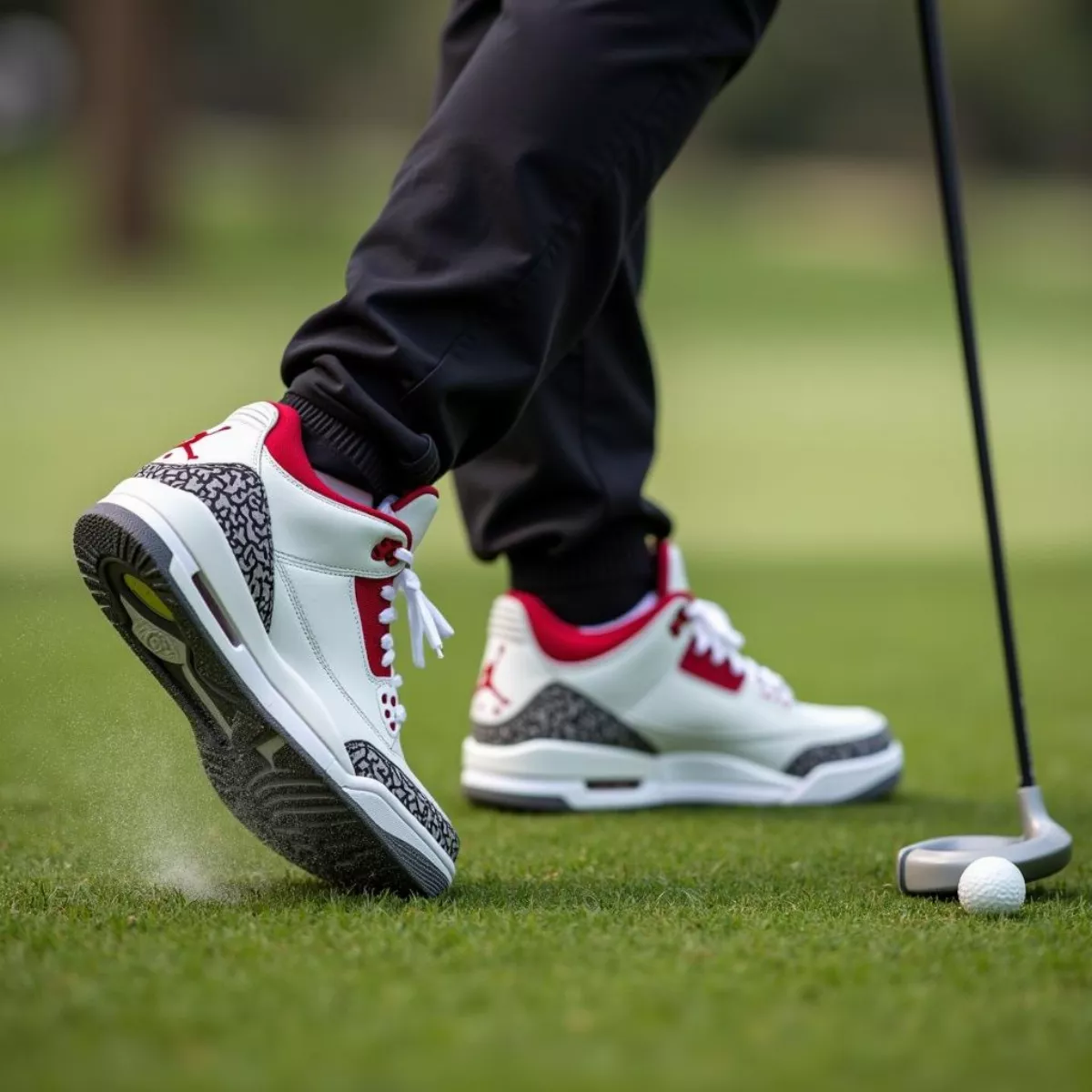 Golfer Wearing Air Jordan 3 Golf Shoes
Golfer Wearing Air Jordan 3 Golf Shoes Different Colorways of Air Jordan 3 Golf Shoes
Different Colorways of Air Jordan 3 Golf Shoes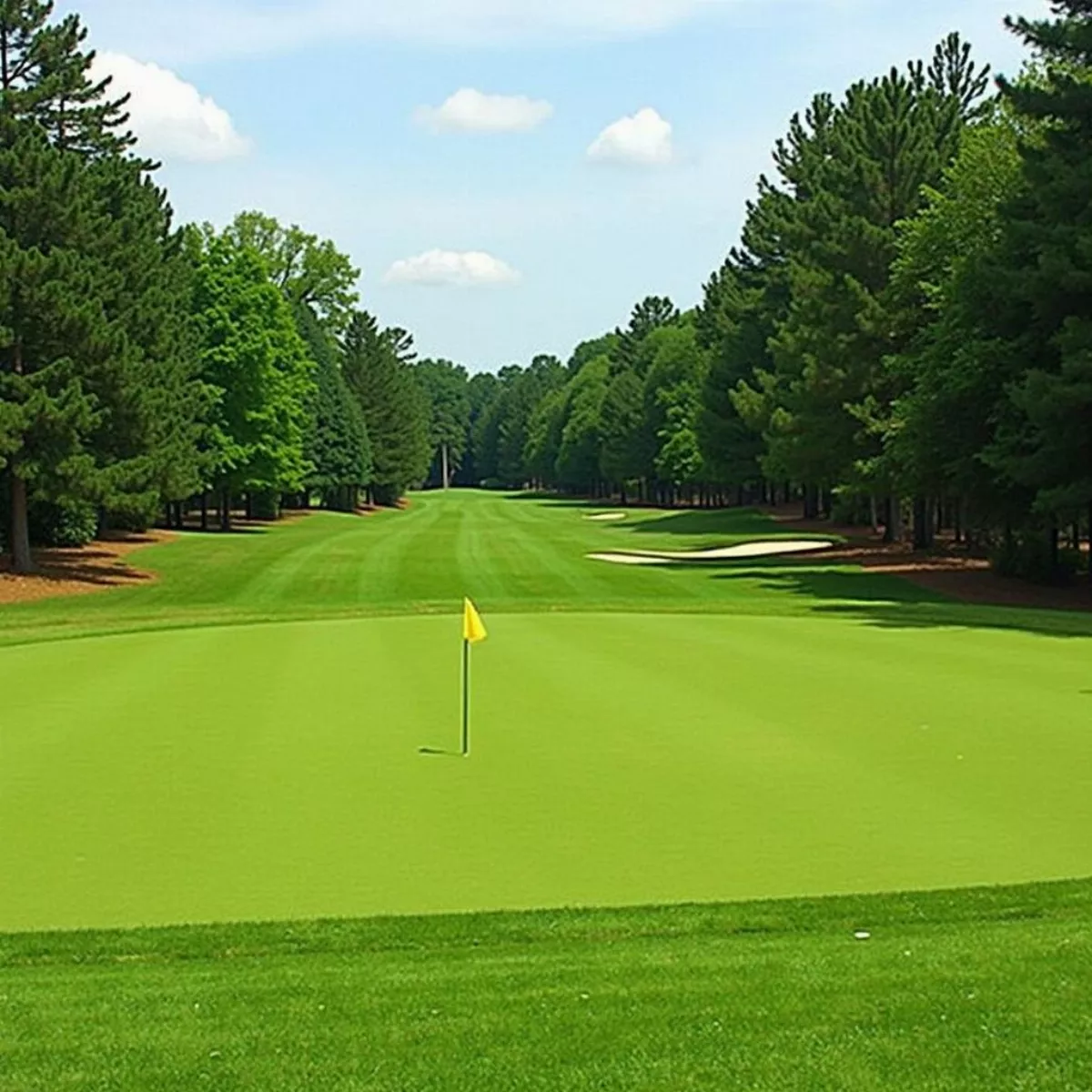
 The Links at Aqua Golf – 6th Hole
The Links at Aqua Golf – 6th Hole Alabama Golf Trail – Mountain View Course
Alabama Golf Trail – Mountain View Course
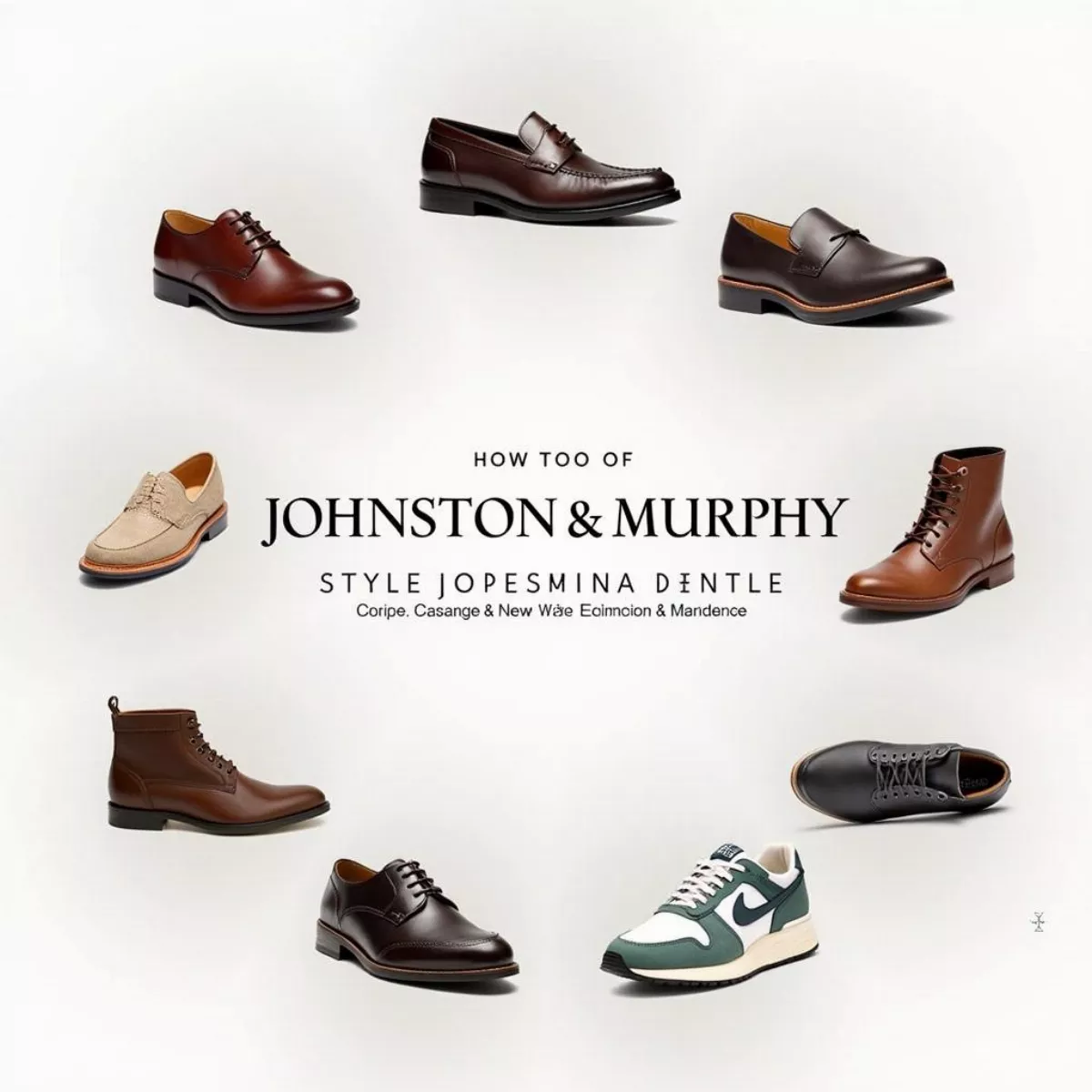 Collection of Johnston & Murphy shoes
Collection of Johnston & Murphy shoes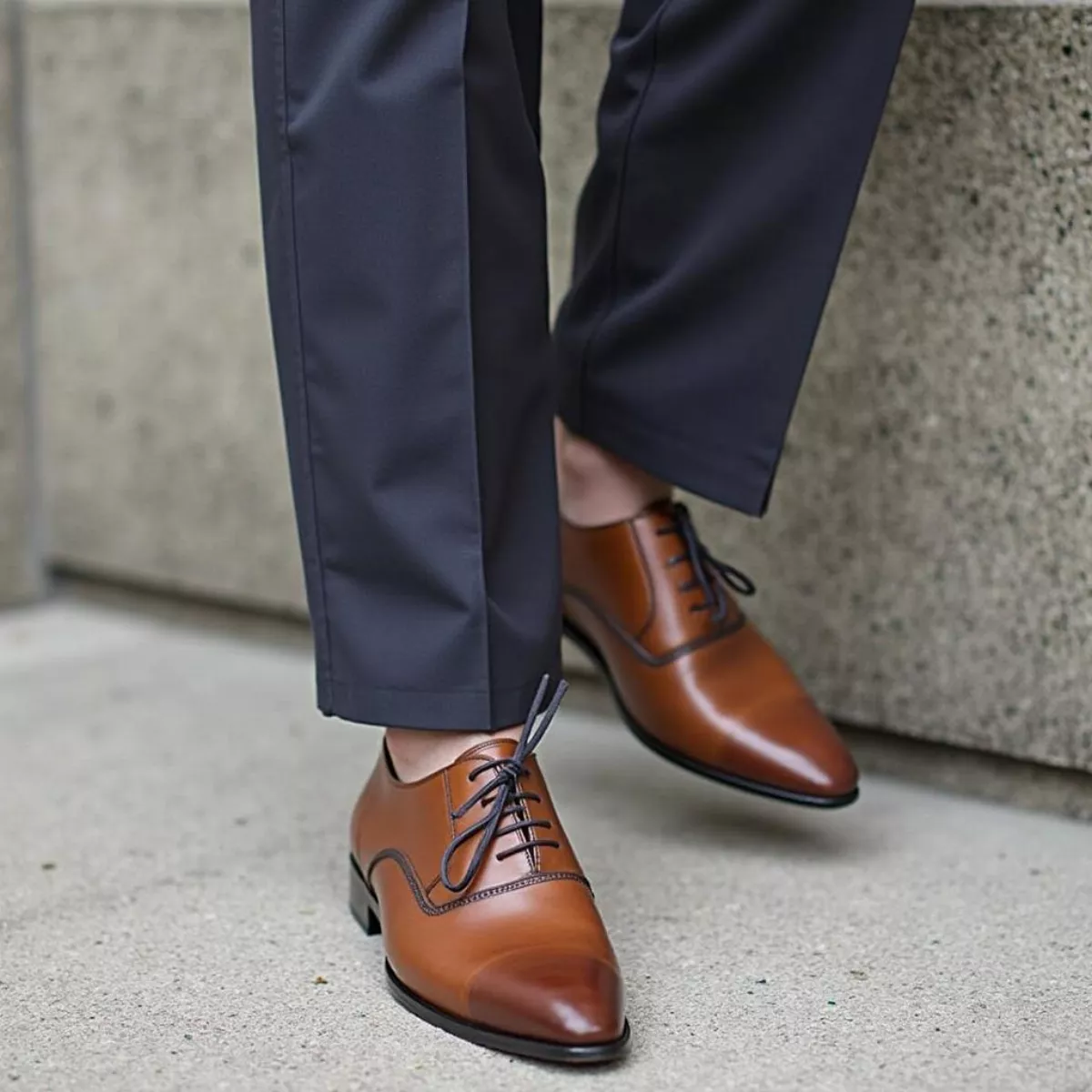 Man wearing Johnston & Murphy shoes
Man wearing Johnston & Murphy shoes
 Inviting Clubhouse Exterior
Inviting Clubhouse Exterior Wildlife Thriving on the Course
Wildlife Thriving on the Course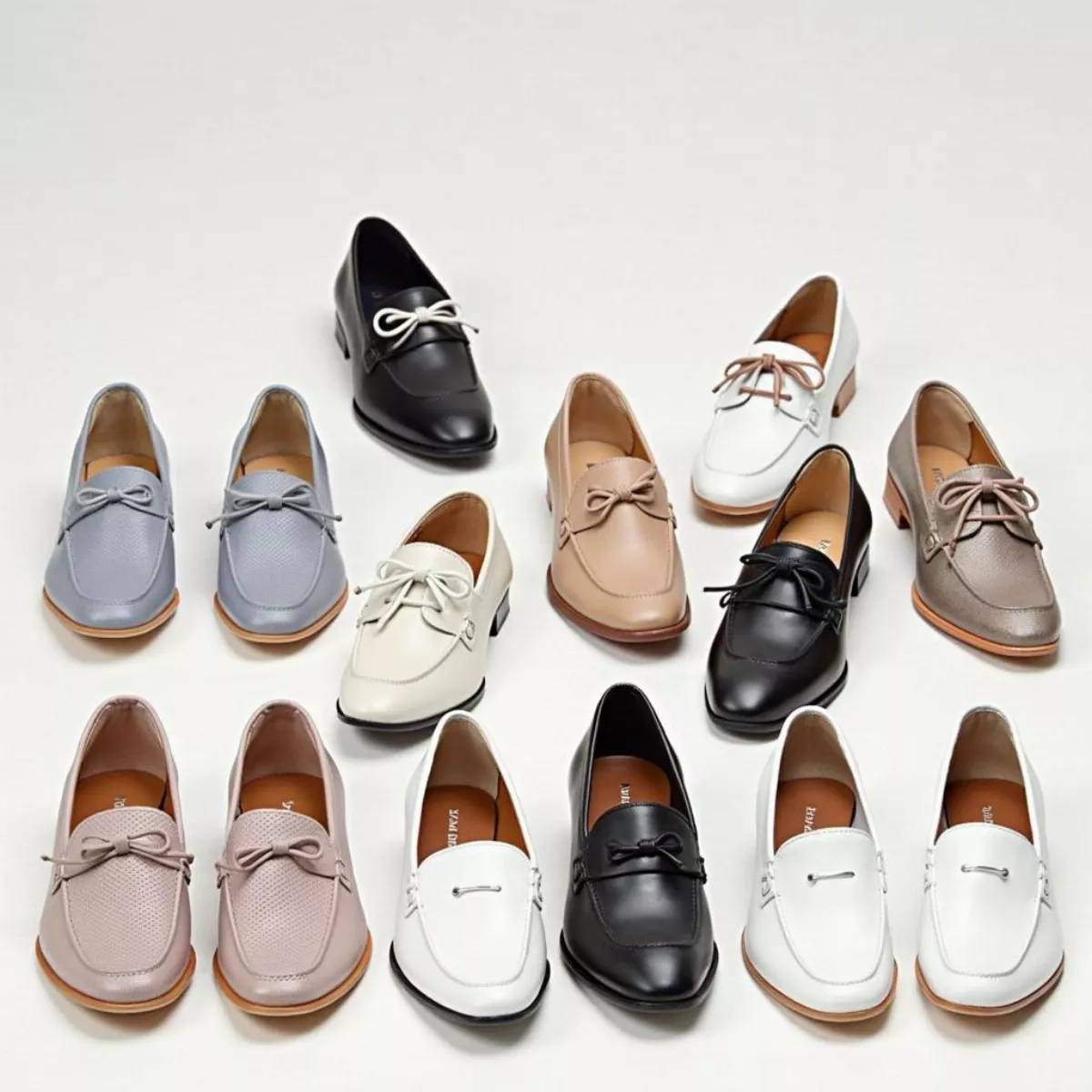
 Cole Haan ZERØGRAND Golf Shoe Features
Cole Haan ZERØGRAND Golf Shoe Features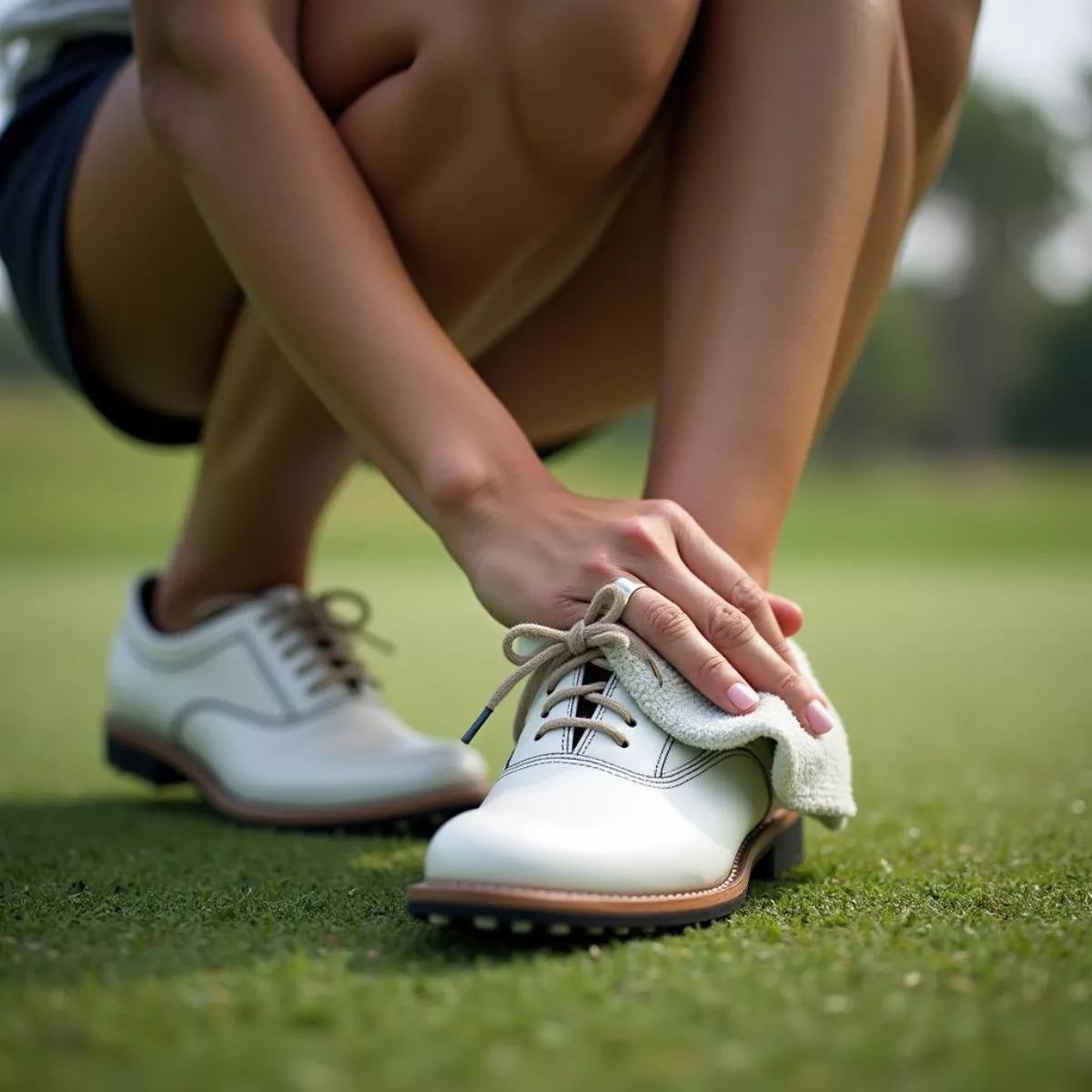 Cleaning Cole Haan Golf Shoes
Cleaning Cole Haan Golf Shoes
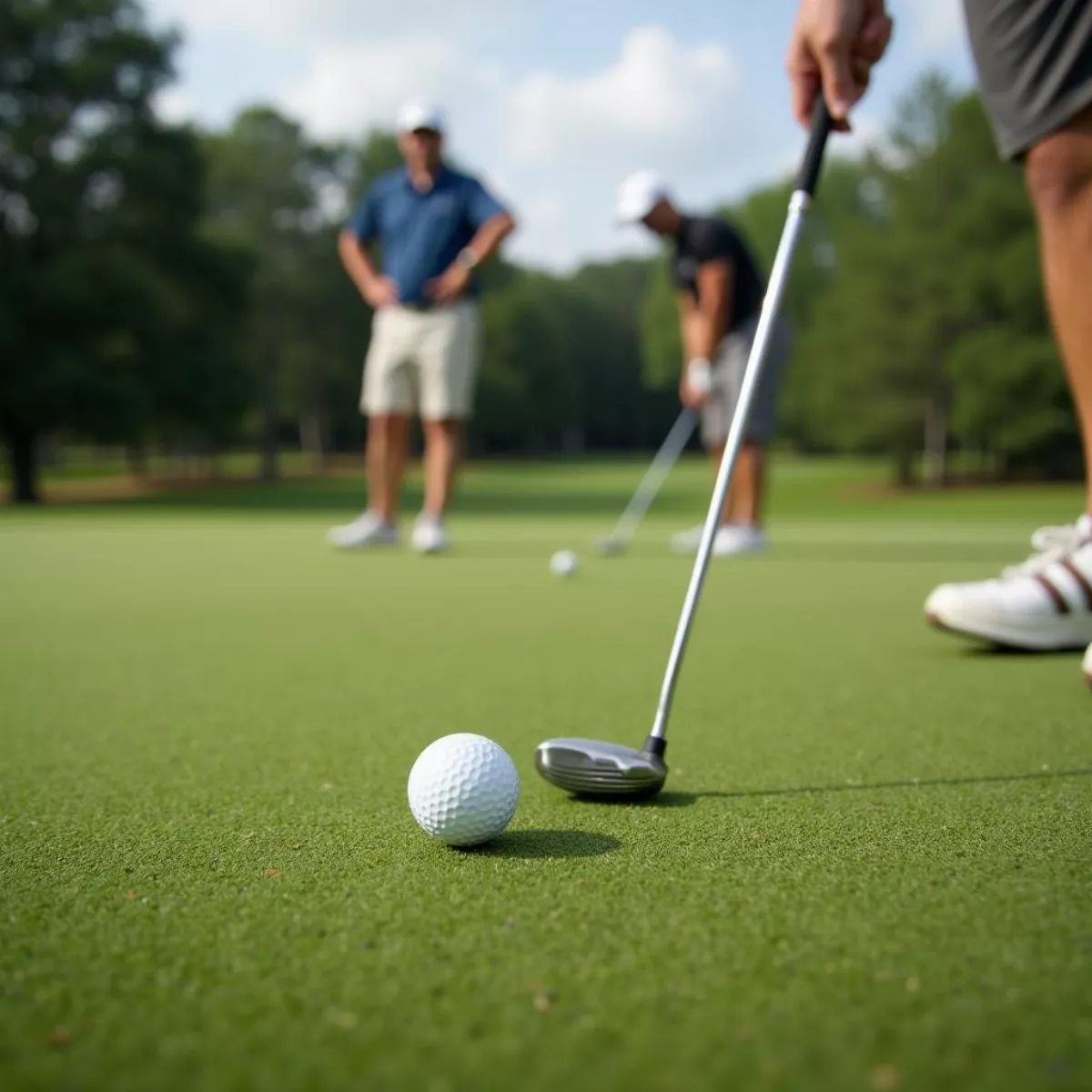 Golfers putting on the green at Tuscaloosa Golf Course
Golfers putting on the green at Tuscaloosa Golf Course Tuscaloosa Golf Course clubhouse at sunset
Tuscaloosa Golf Course clubhouse at sunset 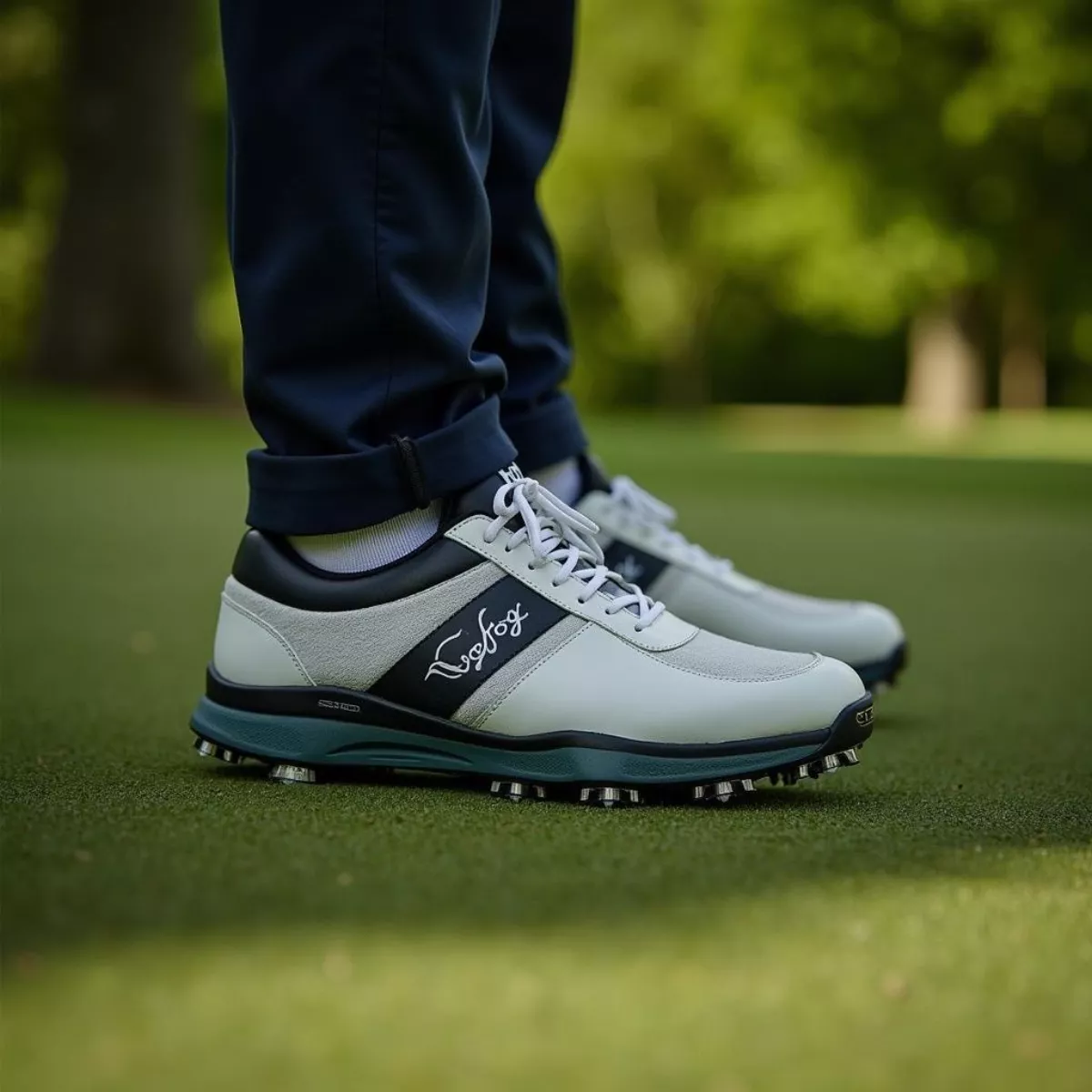
 Golfer wearing FootJoy Tour Alpha shoes during a swing
Golfer wearing FootJoy Tour Alpha shoes during a swing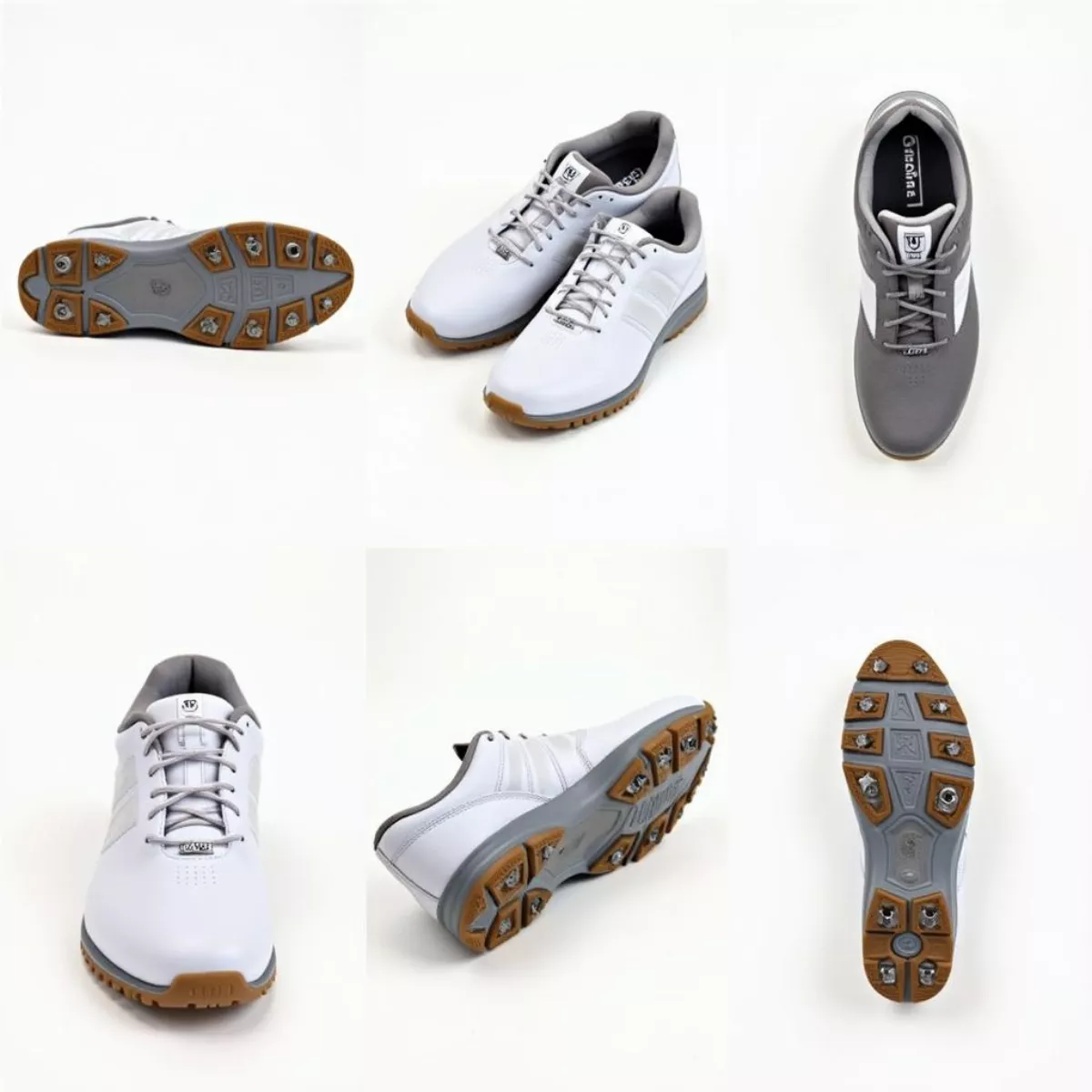 FootJoy Tour Alpha Golf Shoes – Multiple Angles
FootJoy Tour Alpha Golf Shoes – Multiple Angles
 Golfers Putting on the Green
Golfers Putting on the Green Golf Pro Giving Lesson
Golf Pro Giving Lesson